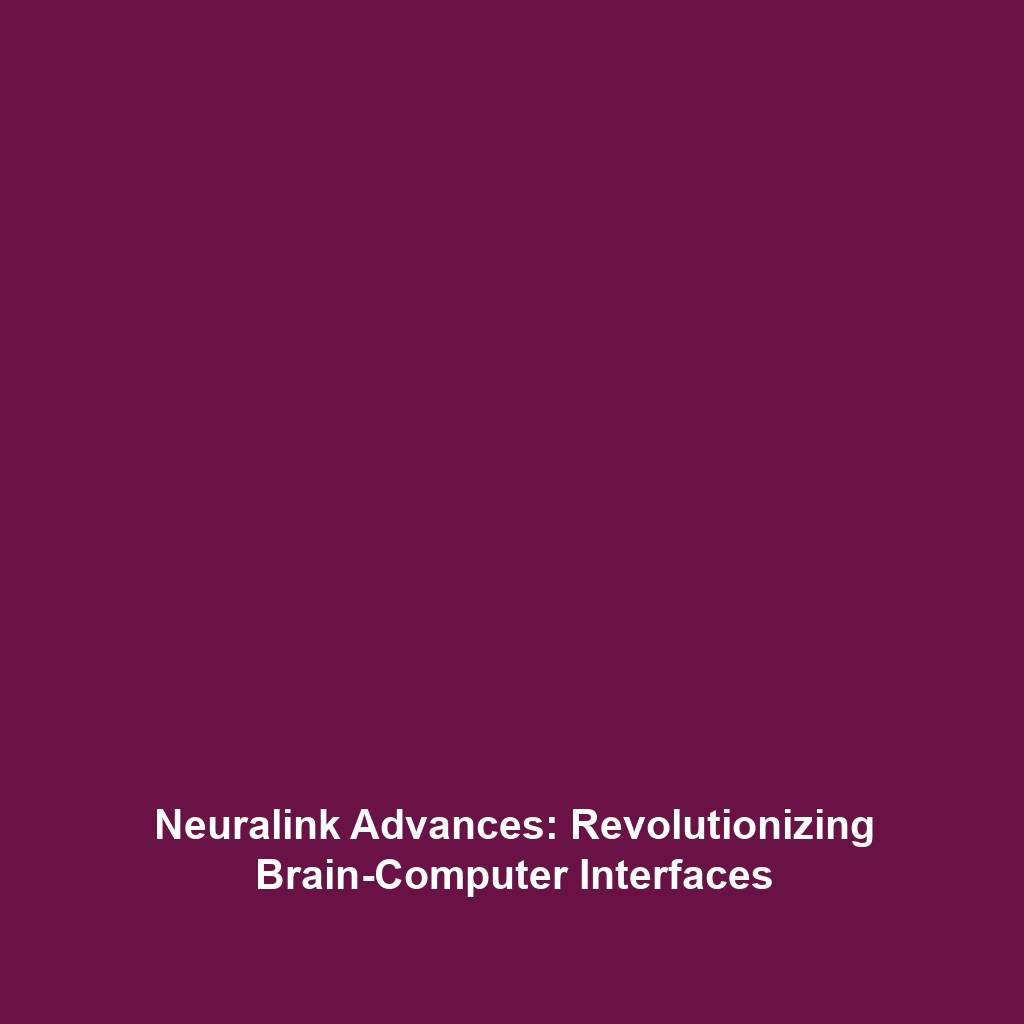“`
Securing Data Transmission and Key Exchange in Cryptography
Introduction: In today’s digital landscape, the protection of sensitive information during data transmission is crucial. The use of cryptography to secure data transmission and key exchange forms a vital backbone of cybersecurity. Through encryption methods, sensitive data can be transformed into a format unreadable by unauthorized users, thus ensuring secure transactions and communications. Understanding how these mechanisms work aids in recognizing the broader significance of cryptography in safeguarding our digital identities and assets.
Key Concepts in Securing Data Transmission and Key Exchange
The practice of securing data transmission and key exchange involves multiple concepts and principles that are foundational to cryptography. Key concepts include:
- Encryption: The process of converting plain text into cipher text to prevent unauthorized access.
- Decryption: The reverse process of converting cipher text back into readable text.
- Key Management: Techniques for handling cryptographic keys, including generation, distribution, storage, and destruction.
- Symmetric Key Cryptography: Involves a single key for both encryption and decryption, useful for secure data transmission.
- Asymmetric Key Cryptography: Utilizes a pair of keys (public and private) for secure key exchange, enhancing security during data transmission.
Applications and Real-World Uses
Securing data transmission and key exchange has wide-ranging applications across various fields. Some prominent examples include:
- Corporate Communications: Organizations utilize secure protocols, such as SSL/TLS, to encrypt emails and secure online transactions.
- Online Banking: Banks employ encryption to safeguard sensitive financial transactions against potential hackers.
- Healthcare Data Security: Medical institutions use cryptographic methods to protect patient records during transmission between systems.
- Blockchain Technology: Cryptography plays a central role in ensuring secure peer-to-peer transactions, maintaining the integrity of digital currencies.
Current Challenges in Securing Data Transmission and Key Exchange
Despite its importance, there are several challenges associated with securing data transmission and key exchange:
- Key Management Issues: Improper handling of encryption keys can compromise security.
- Quantum Computing Threats: The rise of quantum computing poses potential risks to current cryptographic algorithms.
- Regulatory Compliance: Organizations may struggle to meet varying compliance standards for data protection across different regions.
- Human Factor: Lack of proper training and awareness among employees can lead to vulnerabilities in data security protocols.
Future Research and Innovations
Research in securing data transmission and key exchange is ongoing, with several exciting developments on the horizon:
- Post-Quantum Cryptography: Researchers are working on new algorithms that can withstand quantum computing threats.
- Homomorphic Encryption: This technology allows computations to be performed on encrypted data without decryption, enhancing data privacy.
- Blockchain Innovations: Emerging blockchain technologies promise improved security measures for data transmission.
- AI in Cryptography: Artificial intelligence is being explored for improving encryption methods and key management.
Conclusion
Securing data transmission and key exchange is a crucial element of cryptography that protects sensitive information from unauthorized access. By understanding the key concepts, applications, and challenges, stakeholders can better appreciate the evolving nature of cybersecurity. As research progresses, innovations will continue to enhance the effectiveness of cryptographic methods. For those interested in exploring more about cryptography, consider reading about the different types of cryptographic algorithms or the future of blockchain technology.
“`
This article is structured to enhance readability and SEO, incorporating relevant keywords associated with cryptography and securing data transmission and key exchange. The format is optimized for web publishing, ensuring clarity and engagement for readers.


